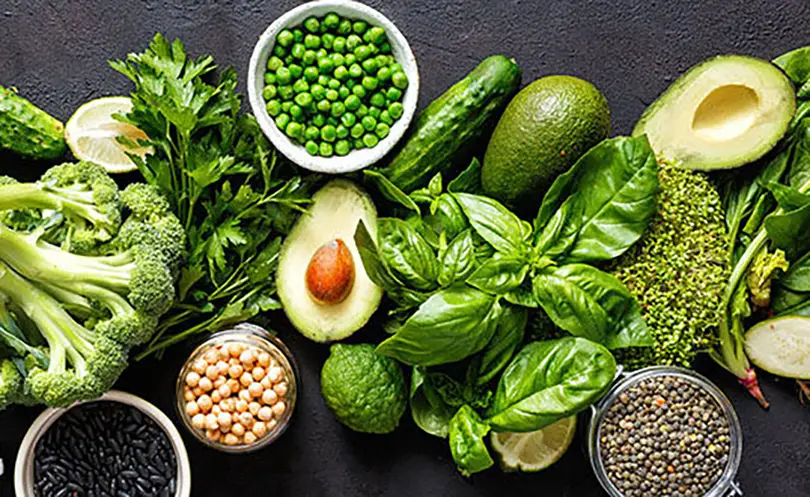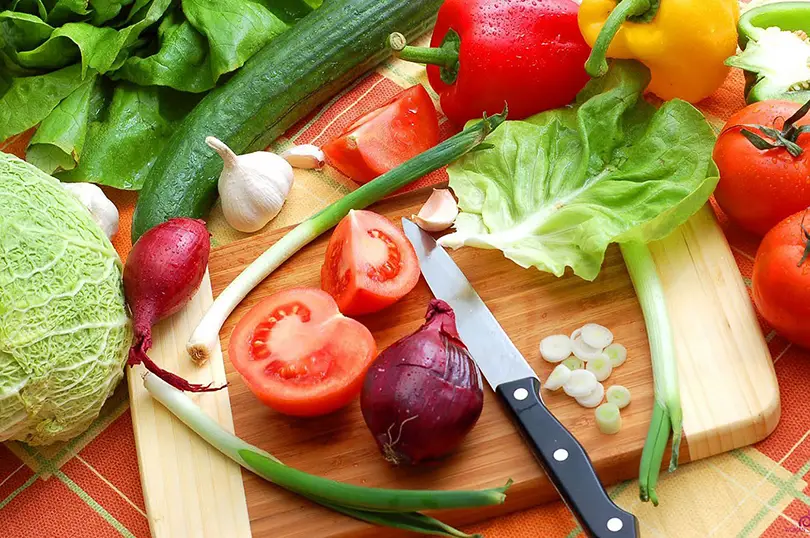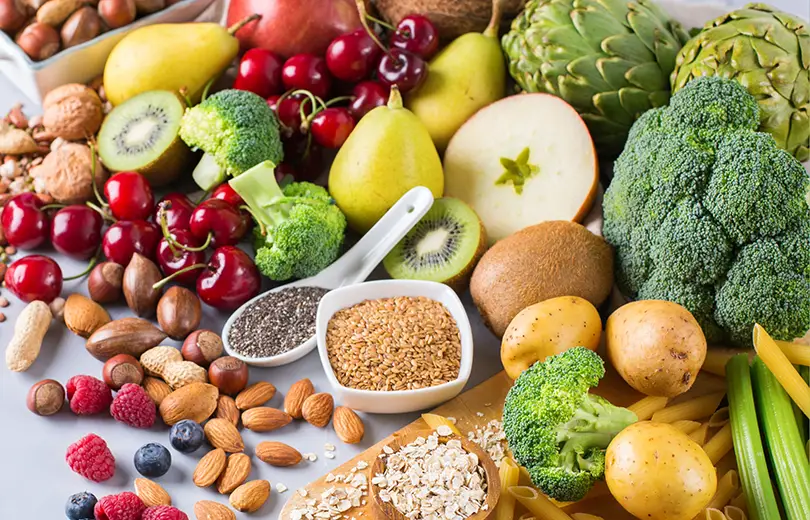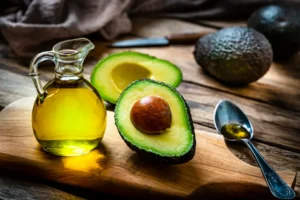In the world of healthy eating, new superfoods appear every year — chia seeds, matcha, spirulina. But behind all these trends stands one true, time-tested hero: fiber. It doesn’t need flashy packaging or buzzwords. It quietly works inside your body every single day, keeping your digestion smooth, your heart strong, and your energy steady.

What Fiber Really Is
Fiber is a special type of carbohydrate that our bodies can’t digest. It passes through the intestines almost unchanged — and that’s exactly what makes it so valuable. There are two main types: soluble (which dissolves in water and helps lower cholesterol and blood sugar) and insoluble (which adds bulk to your stool and keeps your digestion moving). Together, they create a natural balance that supports nearly every system in your body.
Why Your Gut Loves Fiber
Think of fiber as your gut’s favorite workout partner. It helps “train” your digestive system to work rhythmically, supports healthy gut bacteria, and removes waste efficiently. When you don’t get enough fiber, digestion slows down — and you may feel tired, heavy, or bloated.
Soluble fiber acts like a sponge, soaking up excess cholesterol and sugar in the bloodstream. That’s why people who eat fiber-rich foods are less likely to develop heart disease and type 2 diabetes. Insoluble fiber, meanwhile, keeps food moving through your intestines, preventing constipation and helping the body eliminate toxins naturally.
The Secret Link Between Fiber and Weight
One of fiber’s hidden superpowers is appetite control. High-fiber foods digest slowly, helping you feel full longer. That means fewer snacks between meals and a natural reduction in daily calories — without strict diets or hunger. Studies show that simply increasing fiber intake by 10 grams a day can help maintain a healthy weight and stabilize blood sugar levels.

Where to Find It
Nature offers fiber in abundance — fruits, vegetables, legumes, nuts, and whole grains are all rich sources. Apples, carrots, lentils, chia seeds, and oats are great examples. But variety matters: each plant food has its own combination of fibers, vitamins, and phytonutrients. The more colors on your plate, the healthier your gut and immune system.
The 25-Gram Rule
Nutritionists recommend at least 25–30 grams of fiber per day for adults. In reality, most people consume barely half of that. The easiest way to increase your intake is to make small, consistent changes — add beans to soups, sprinkle flaxseed into smoothies, or swap white rice for quinoa or brown rice. Even a few small habits can completely transform your digestive health within weeks.
When Your Body Says “Thank You”
You’ll know fiber is working when your energy becomes more stable, your mood improves, and your digestion feels lighter. Many people also notice clearer skin, reduced inflammation, and better focus — because gut health directly influences brain chemistry and immunity. It’s not just about what you eat, but how your body processes and uses it.

The Modern Fiber Deficit
Ironically, while healthy food trends are booming, the modern diet is losing fiber. Processed foods, refined flour, and sugary drinks strip out most of what nature intended. Even “whole grain” labels can be misleading — many products contain minimal fiber. That’s why it’s so important to rely on real, minimally processed foods.
How to Reboot Your Routine
Start small. Add one fiber-rich food to each meal:
- Breakfast: oatmeal with berries and chia seeds
- Lunch: lentil soup or a salad with quinoa
- Dinner: vegetables roasted with olive oil and chickpeas
And of course — drink plenty of water. Fiber works best when hydrated.
The Bottom Line
Fiber isn’t a passing health fad. It’s the quiet, consistent foundation of a strong body and a clear mind. When you nourish yourself with real, plant-based food, you’re not just helping your digestion — you’re building long-term resilience and balance.
So the next time you plan your grocery list, think less about calories and more about color, texture, and nature. Behind every crisp apple and handful of lentils lies one of the simplest and most powerful secrets to longevity: fiber.















